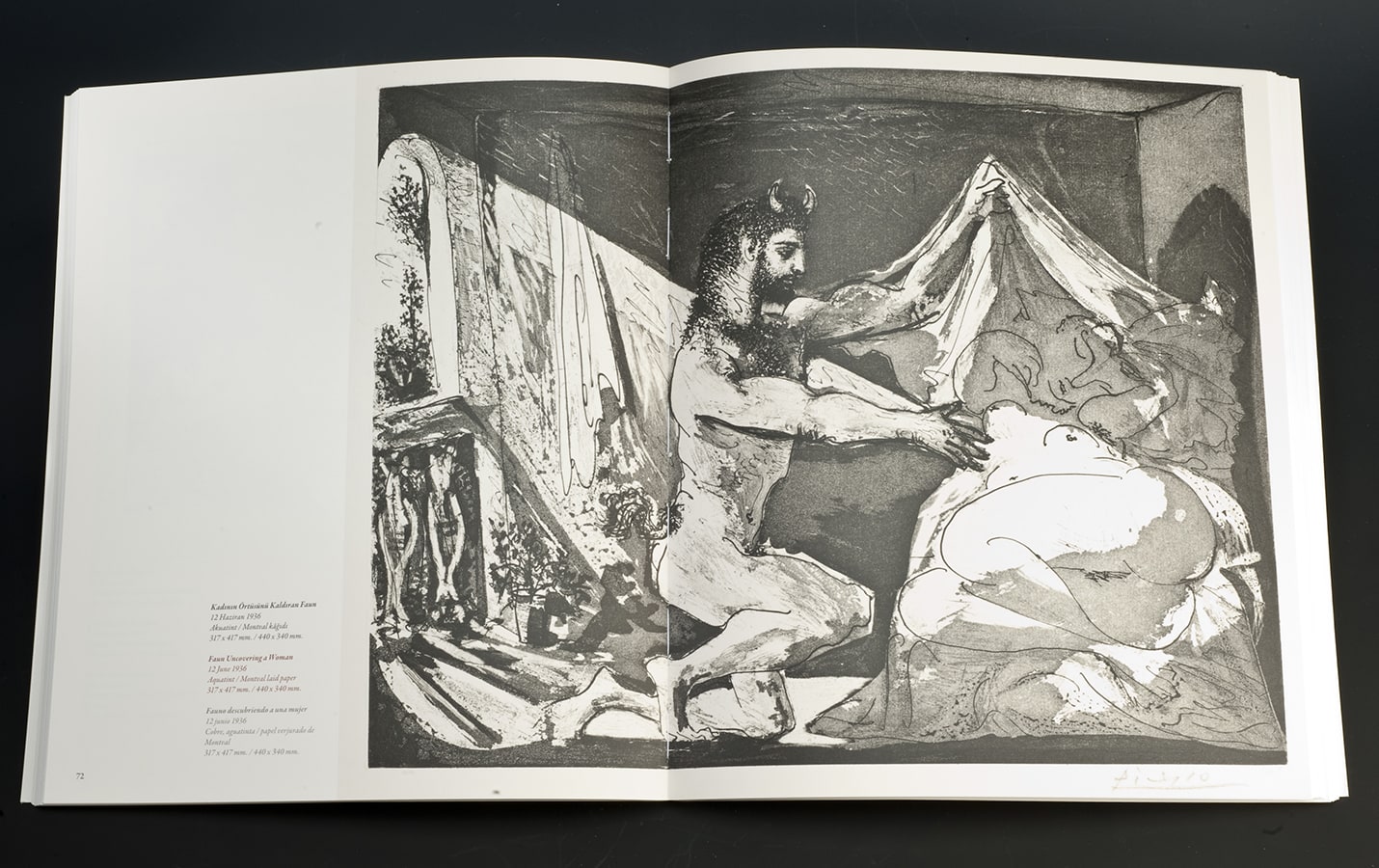February 16 - April 18, 2010
Picasso: Suite Vollard Engravings exhibition presented renowned Spanish artist Pablo Picasso’s most important engraving series from the first half of the 20th century. The engravings were a result of the collaboration between Picasso and his close friend, an ardent admirer of his work, an extraordinary editor and also a famous art dealer of the period, Ambroise Vollard. Picasso’s loves; the model and the sculptor, nudity, portraiture and different mythological themes appear in these engravings where not only the topics but also the style and the technique provide insight into the artist’s creative universe of the time, the 1930s; when he was at the height of his artistic production.
Picasso: Suite Vollard, Engravings exhibition, one of the most marvellous series of engravings of all times belonging to the Fundación MAPFRE collection, was a collaboration between the Pera Museum, Fundación MAPFRE and Instituto Cervantes.
Exhibition Catalogue

Picasso: Suite Vollard Engravings exhibition catalogue presents renowned Spanish artist Pablo Picasso’s most important engraving series from the first half of the 20th century....

Pera Museum, in collaboration with Istanbul Foundation for Culture and Arts (İKSV), is one of the main venues for this year’s 15th Istanbul Biennial from 16 September to 12 November 2017. Through the biennial, we will be sharing detailed information about the artists and the artworks.
Tuesday - Saturday 10:00 - 19:00
Friday 10:00 - 22:00
Sunday 12:00 - 18:00
The museum is closed on Mondays.
On Wednesdays, the students can
visit the museum free of admission.
Full ticket: 300 TL
Discounted: 150 TL
Groups: 200 TL (minimum 10 people)